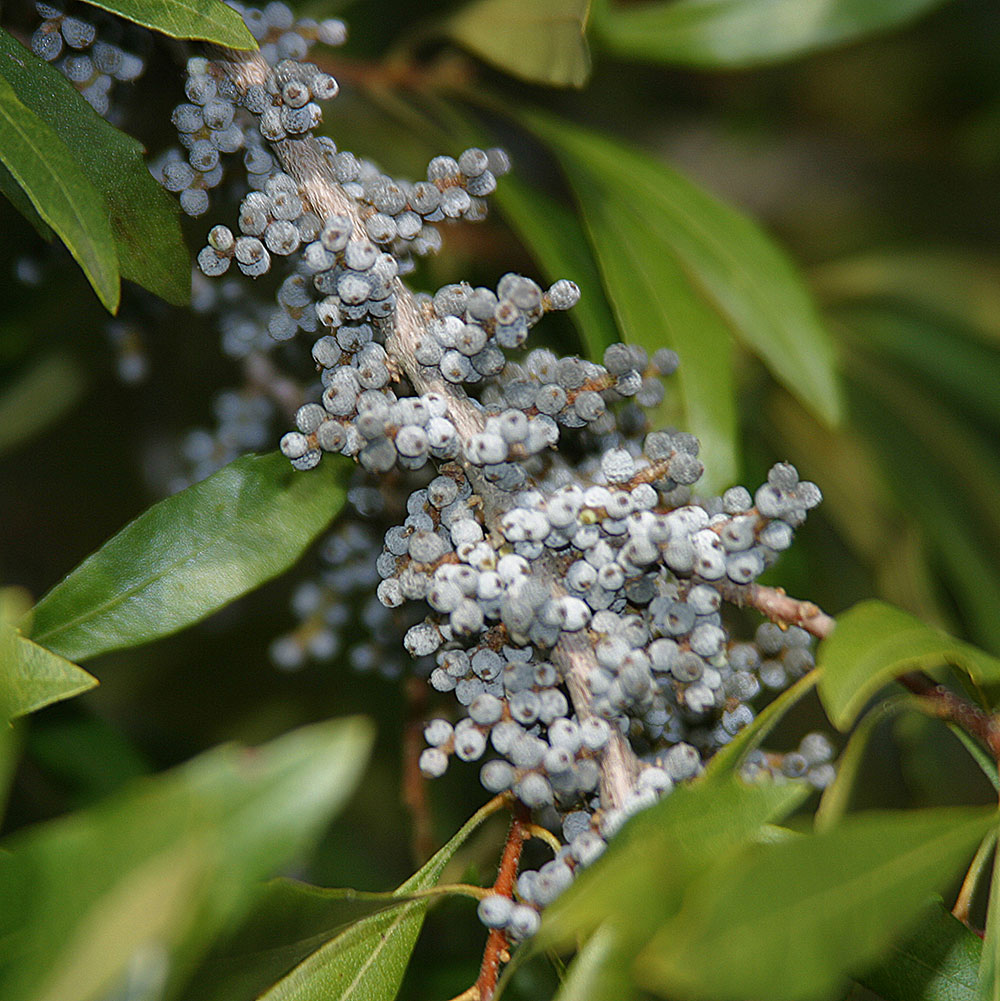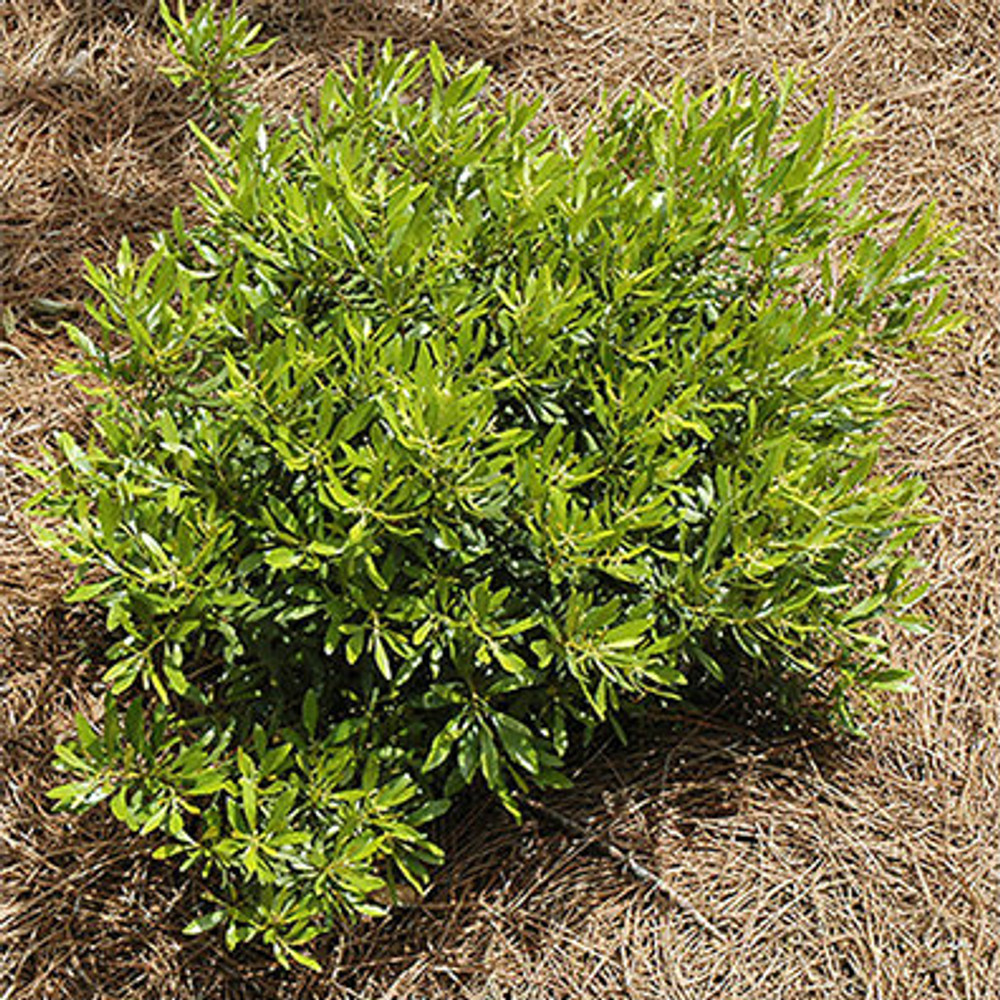
Make sure that the root ball of the plant has been saturated before planting and completely fill the hole with water before putting the plant in the hole. Check that the top of the root ball is even with surrounding soil, and remove the pot. Place the potted plant in the hole to make sure the hole is large enough.These shallow roots will pick up the moisture and nutrients needed and in return encourage other roots to grow deeply. Roots have a hard time pushing through compacted soil. By digging a wide hole the back fill will be less compacted than deeper soil and have more healthy pore space for the plant's shallow roots to grow. Once you’ve picked the optimal spot for your crepe myrtle based on the above advice, dig a hole about three times as wide as the root ball and no deeper than the plant container your tree came in.

This will help it take up water after planting. Water your crepe myrtle well before putting it in the ground.That works too, but watering well during the summer months is crucial to transitioning it into your garden. But a lot of folks buy and plant their crepe myrtle in summer because they select it while it is blooming. Late fall to early spring is the best time to plant.
WAX MYRTLE ZONE FULL
The amount of flower production is greatly reduced in light shade, and full shade can prevent blooming altogether. Also, remember that crepe myrtles love sun. The dwarf selections look great in large containers, foundation plantings, and even incorporated into perennial beds. Medium-size selections that will grow from 12 to 15 feet are perfect for a small courtyard or garden home. The larger types need room to grow without encroaching on buildings, power lines, or walkways. A single tree can create a distinctive focal point, while a pair framing a front door greets visitors with a warm Southern welcome.īe sure to choose the right size for your needs. Planted together, they make a large deciduous hedge or screen. If you're in the Upper South, you should also look for selections that are extra cold-hardy.Ĭrepe myrtles have many landscape uses. Knowing the mature height of a plant before you buy it and planting the proper size for the site will save you much heartache and backache in the future.

Make sure that it is not only the exact color that you want, but also the right size and look you hope to achieve.Ĭrepe myrtles range in size from dwarf selections that grow less than 3 feet tall to several that reach upwards of 30 feet. Seeing a crepe myrtle in its full summer splendor sends some of us running to the garden shop to buy a plant the same color. If you're thinking of adding one or more crepe myrtles to your landscape this season, the following tips will help you make a good decision. Some of the smaller growing selections even look great in large containers. They can be planted together to make a large hedge or screen, or a single tree can act as a specimen to create a distinctive focal point. Few plants can match their combination of spectacular summer flowers, colorful autumn foliage, and handsome sculptural trunks. In some areas, you see them on practically every street-and for good reason. They all will certainly do well in light shade.The South's love affair with crepe myrtles is undeniable. That said, the varieties we offer on this page provide the best chances for success.
WAX MYRTLE ZONE TRIAL
In other words, finding an evergreen that is right for a given shady spot may require trial and error. Even there, though, root competition from large trees could stunt the development of newly planted trees. Trees might be thin on the woods side but should be full on the sunny side and provide a nice screen. Planting along the outer edge of the woods, where plants will likely receive half a day’s sun, will increase your chances. Areas that receive at least a couple hours of sun exposure during the day will experience greater productivity. From light shade (where most of the trees on this site will still grow well) to deep dark shade (where very few plants will grow) and all the varied degrees of shade in between, it is hard to predict what plants will grow in a given shady spot. Even if you find something that will tolerate some shade, it will most likely grow slower and less dense.Īlso, all shade is not the same. Shade means less sun and therefore, less vigor. Along with water & nutrients, sun is what makes plants grow. Shady areas present a problem for folks needing an evergreen privacy screen.


 0 kommentar(er)
0 kommentar(er)
